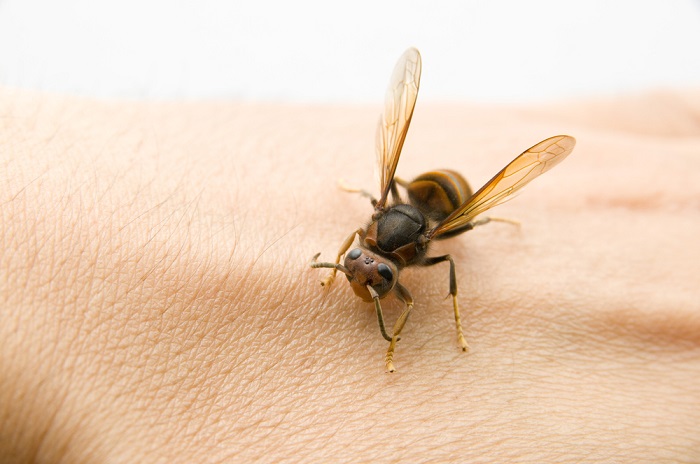Effective home remedies for bee stings

After quite a few bee stings, many beekeepers develop a tolerance to the venom, and although they can still be painful, there are fewer reactions along the way, such as swelling, burning, and itching.

Bee venom, or apitoxin, is a colorless liquid composed mainly of proteins that bees use as a means of defense against predators and is what usually causes inflammation in the area of the sting.
These proteins are what cause the local inflammation and discomfort associated with a bee sting. A worker bee can inject about 0.1 mg of venom, and most adults who get these allergic reactions can safely withstand 10 stings per pound of body weight.
Table of Contents
Home remedies for bee stings
To defend ourselves from bee stings, we can use some essential oils, including mud, which turns out to be a good way to relieve allergies caused by bee stings.
Lavender essential oil
The lavender essential oil is incredibly soft, and can relieve the discomfort of bites, greatly reduce the unbearable itching and help with swelling. If you are not comfortable using the pure oil, feel free to dilute it as it will still help. You should make sure beforehand that you have not irritated the skin from using the essential oil, as the last thing you want is to make the sting even more uncomfortable.
You will need to
- 1 drop of lavender essential oil
- a small amount of liquid neutral oil
Instructions
Apply a drop of lavender essential oil directly on the bee sting. Make sure the stinger is completely out before doing this. You can also dilute it 50/50 with a liquid neutral oil. Do this twice the first day, and once the next day.
Mud for bee stings
For those times when you are completely caught off guard, the mud will work well to help with the initial pain that comes with a bee sting.
You will need to
- Some dirt (or mud if you have it nearby)
- Water
Add enough water to make a thick mud, but easy to apply. Completely cover the stinger. When you get home, rinse the area with clean water and pat dry.
Beeswax for stings
This simple mix of beeswax and essential oil and honey (optional) goes a long way in relieving the pain of stings. You can make a balm to have this home remedy for bee stings, within reach either in your bag or in your pocket to use easily at the moment.
To relieve the pain of bites you will need:
- 2 to 3 teaspoons of beeswax
- 1 tablespoon of coconut oil
- 4 drops of lavender essential oil
- ½ teaspoon or less of pure honey
Instructions
Melt the beeswax and coconut oil together, and remove from heat. Then add the essential oil and honey. You must let it cool completely before use, and keep it in a cool place for later use, in a closed jar.
Sodium bicarbonate
The baking soda is a home remedy for bee stings the most effective remedy to exist and no side effects. All you need is the baking soda, of course, and some water. The baking soda will help relieve swelling as well as soothe the itchiness.
Instructions
Add enough water to some baking soda to make a paste. It should be thin enough that it can extend over the bite, but not so thick that it doesn’t peel off the skin and fall off. If the bite is on the hand, you can cover it with a bandage. This is an effective remedy for many insect bites as well.